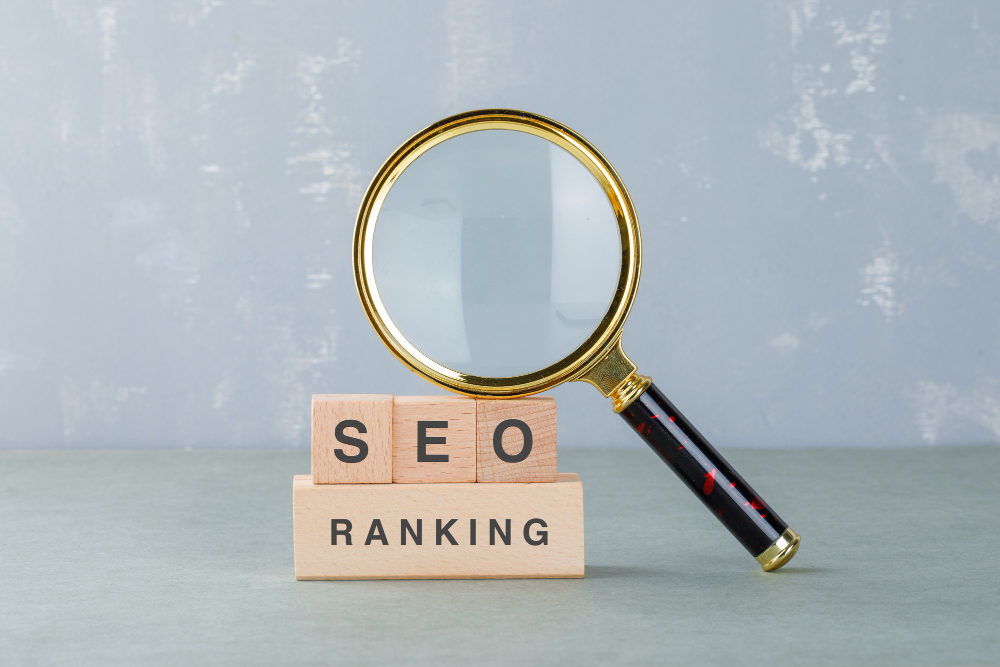Become An SEO Master With These Tips: The Top 6 Suggestions for Enhancing Your SEO
The goal of search engine optimization, commonly known as SEO, is to position your website at the top of search engine results pages (SERPs). Although SEO is technically applicable to all search engines, the phrase “getting to the top of Google” is frequently used instead due to Google’s dominant position in the market. And that’s precisely what it does SEO does: SEO brings relevant traffic to your website.
It’s simple to understand why appearing on the first page of results is beneficial. Be honest with yourself; when was the last time you looked at page two on Google? Not in recent years, we’d care to wager.
If you don’t want to get lost in the masses, keep reading because today, we’re sharing our top six tips that will improve your SEO.
1. Target Keywords
You must identify relevant keywords and phrases to develop an effective SEO strategy. The words or phrases customers use when searching for goods or services are known as keywords.
To draw in as many potential leads as you can, you want to score highly for keywords that are essential to your company. However, how do you choose which keywords to focus on?
Sadly, s simple solution to this does not exist. But, some tools can help. Seodity allows you to research the keywords you need to use and those used by your biggest competitors. Using a keyword research tool is your best bet when targeting keywords.
Once you’ve figured out which keywords you want to target, it’s time to match them with the user’s search intent. The purpose of the search is the search intent. Let’s say someone looks up “learning languages quickly.” The search intent shows the user’s desire to learn a new language quickly.
They are looking for a website or platform that provides instructions on how to learn a new language. However, visitors who arrive at an irrelevant website won’t stay there for long.
2. Create a Link-building Strategy
There are two main types of link building, internal and external. So, let us explain.
Internal Links
Internal links connect two pages on the same site (your site). These are vital to your site’s growth because they make it easier for users to navigate the website and for Google to comprehend its structure. If a user has trouble navigating your website, search engines are also having a hard time.
A great place to start is by mapping your website’s navigation and adding links to additional pages that complement the content on the original page. For instance, the menu on your website, which lists all of the pages there, is an internal link. Internal links are those that lead from other pages on your website to your contact page.
External Links
These either point to or connect your site to an external site. These links increase the chances that search engines will reach your website. Your website will rank higher in search results just because it is mentioned by another site that Google already trusts.
For instance, numerous Wikipedia articles have links to other websites. These are external links to websites that people have looked up information on. The fifth-most visited website on the planet is Wikipedia.
Since it enables users to include site links within the material, it has been immensely popular for being effective for both on-page and off-page SEO methods. This raises the rating of users’ websites.
3. Optimize Images
Including images and graphics in your content helps increase reader engagement by breaking up the writing and spicing up your blogs and articles. However, images can be challenging for web crawlers to explore. Therefore, using appropriate alt text is a must.
The written description that shows when an image fails to load is known as alt text and is a sort of metadata. The text is always there, even if you can’t see it, and it helps search algorithms index content.
Additionally, it enhances the likelihood that your image could turn up in Google image searches, potentially increasing your website’s traffic.
4. Quality and Consistency
When it comes to content, there are only two things you need to keep in mind, quality and consistency. High-quality content is a must. SEO has undergone a significant shift in recent years.
Ten years ago, posting a brief blog post that was packed with keywords and phrases was enough to earn you a high rating. That’s no longer the case. Your writing must benefit the reader in some way. Google won’t give it a high ranking if it doesn’t.
Aside from quality, consistency is the second most important factor. You must continually create new material if you want to score highly for particular keywords. This includes writing blog posts.
Your ranks could decline if you don’t. Keep in mind that consistency and quality are two essential elements for both content and SEO.
5. Tags Are Still Important
Title tags
These headlines are clickable and appear on SERPs. They provide users with information about your content and its relevance to their search query.
The main source of information used to guide consumers in choosing which result to click on is frequently the title tag. You can use your previously targeted keywords to create title tags, but make sure you keep them short.
Meta tags
These are the summaries that show up on SERPs beneath the title tags. Although brief, these descriptions must contain enough details to pique the user’s attention.
Use them as an elevator pitch to persuade the user that your material will satisfy their search criteria while keeping them relevant to the article’s content. To accomplish this, make it unique to your page (include your target keywords).
6. Analyze the Loading Speeds
When optimizing a website, one aspect that is sometimes overlooked is site speed. Many marketers prioritize long-form content and frequent changes, so websites can easily become overloaded and slow to load. Site speed is also a known factor in Google’s indexing algorithms.
Fortunately, a free tool called PageSpeed Insights on Google’s developer site monitors how quickly your site loads. It has a diagnostic tool and tools to test your website on desktop and mobile platforms. This provides SEO pointers for boosting a slow-loading website’s speed.
Also, read Among the Best SEO Tools Available in 2022 Are These Eight.





